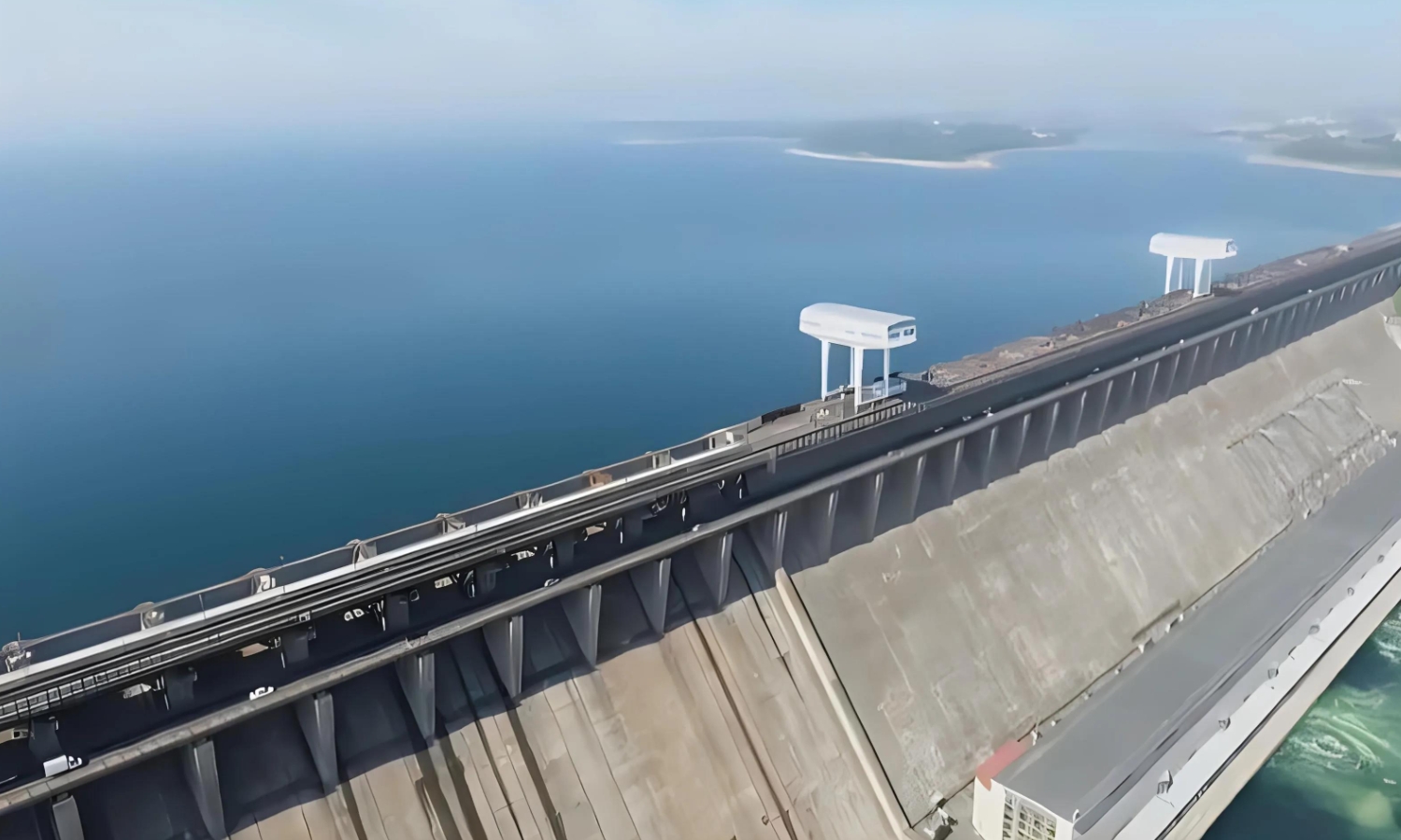Application of flow meter in river flow monitoring

River flow monitoring is a key technology in hydrology and water resource management, which is of great significance for flood control and disaster reduction, rational allocation of water resources, and ecological environment protection. With the advancement of technology, traditional contact measurement methods are gradually being replaced by modern non-contact technologies. As one of the main tools for measuring river flow velocity and volume, the use of flow meters in river flow monitoring is becoming increasingly widespread. This article will provide a detailed introduction to the working principle of flow meters, the characteristics of different types of flow meters, and their specific applications in river flow monitoring.
Working principle of flowmeter
The basic working principle of a flowmeter is to calculate the flow rate by measuring the velocity of the fluid. Specifically, a flowmeter measures the velocity of a fluid at a specific point or cross-section, and then combines it with the cross-sectional area of the fluid to calculate the flow rate using the formula Q=A * V, where Q represents the flow rate, A represents the cross-sectional area of the fluid, and V represents the fluid velocity.
Types and characteristics of flow meters
1. Contact flowmeter
Spiral propeller flowmeter: uses the rotational speed of the propeller to measure fluid velocity, suitable for various types of rivers. This method is simple and easy to use, but there is a certain measurement error, especially at low flow rates.
Buoy method: Estimating flow velocity by measuring the movement speed of the buoy on the water surface, suitable for rapid flow estimation in the field, but with low accuracy and difficult to reflect changes in flow velocity in the middle and lower layers of the water body.
2. Non contact flowmeter
Ultrasonic flowmeter: Based on the Doppler effect, the velocity is calculated by measuring the time difference of sound waves propagating in water. This non-contact measurement method is suitable for rivers with high turbidity, but the cost is relatively high and it may be disturbed in high turbidity water bodies.
Electromagnetic flowmeter: Based on Faraday’s law of electromagnetic induction, the flow velocity is calculated by measuring the induced voltage generated when water flows through a magnetic field. This method is not affected by water turbidity and is suitable for rivers with high sediment content, but the installation and maintenance costs are relatively high.
Radar flowmeter: By emitting electromagnetic waves and receiving their reflected signals, the frequency changes of the reflected signals on the water surface are analyzed to calculate the flow velocity. Radar flowmeter is a non-contact method suitable for harsh river environments and extreme weather conditions, but it mainly monitors surface flow velocity and is difficult to obtain deep water flow information.

3. Flow meter based on image recognition technology
In recent years, with the development of computer vision and artificial intelligence technology, flow velocity measurement methods based on image recognition have begun to emerge. This type of method captures the motion of suspended particles on the water surface or in the water, and uses image processing algorithms to calculate flow velocity. It has the characteristics of flexibility and efficiency, and is particularly suitable for rapid response to sudden events.
Particle Image Velocimetry (PIV): Using high-speed cameras to capture particle images on the surface of rivers, the flow velocity is calculated by analyzing the movement of particles. This method has high accuracy and flexibility, but requires high requirements for image acquisition conditions and processing algorithms.
Drone visual flow measurement technology: Combining drones and image recognition technology, the surface images of rivers are collected through the camera equipment carried by drones, and the flow velocity is calculated using image processing algorithms. This method has the advantages of high efficiency and low cost, and is suitable for large-scale river flow monitoring.
Application of flow meter in river flow monitoring
1. Flow monitoring of small and medium-sized rivers
In the monitoring of flow in small and medium-sized rivers, radar wave flow meters are widely used due to their non-contact measurement, high accuracy, and ease of installation and maintenance. For example, in the management projects of small and medium-sized rivers in China, fixed rotating radar wave flow meters have been successfully applied to multiple hydrological stations, achieving automation of flow measurement and effectively solving the problem of flow monitoring under unmanned conditions.
2. Flow monitoring under extreme weather conditions
Under extreme weather conditions such as floods, traditional contact measurement methods are often difficult to implement. At this time, the flow meter based on image recognition technology performs well. For example, portable visual flow meters have shown good adaptability and accuracy in flow monitoring of the Yangtze River and Han River sections, providing important data support for flood warning and emergency response.
3. Smart River Construction
With the advancement of smart cities, the construction of smart waterways has become a new development direction. In the smart river system, flow meters are not only used to measure flow velocity and volume, but can also be integrated with water quality monitoring, video monitoring and other equipment to achieve comprehensive monitoring of the river. The smart river system achieves real-time monitoring of river flow, water quality, and video images by deploying radar flow meters, water quality sensors, and 4G cameras, providing strong support for river management and environmental protection.
As an important tool for river flow monitoring, the technology of flow meters continues to advance and develop, from traditional contact measurement to modern non-contact measurement, and then to intelligent flow measurement based on image recognition technology. Each step marks a major breakthrough in flow monitoring technology. The application of these technologies not only improves the accuracy and efficiency of measurement, but also expands the scope of flow monitoring, providing solid technical support for water resource management and water environment protection.
